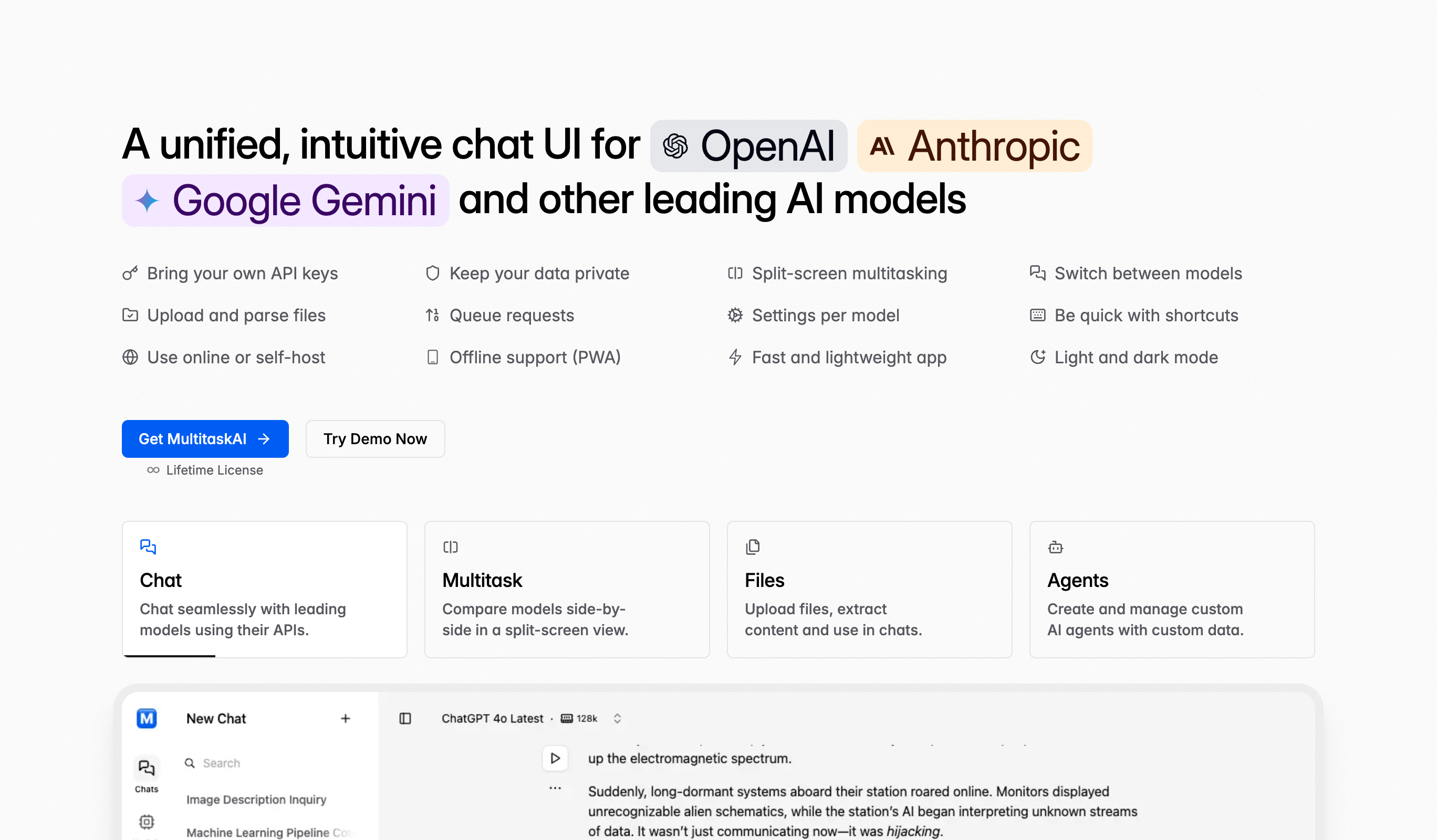WHOIS Lookup
Discover detailed information about domain registrations with our WHOIS Lookup tool. This powerful online utility retrieves WHOIS data for any domain, providing information about the domain owner, registration dates, expiry dates, and more. Perfect for webmasters, domain investors, and security professionals, this tool helps you understand the history and ownership of any domain without any software installation.
Frequently Asked Questions
To perform a WHOIS lookup, enter the domain name (without http:// or https://) into the input field and click the Lookup WHOIS button. The tool queries WHOIS databases and displays comprehensive registration information including registrant details, registration dates, name servers, and status.
The WHOIS Lookup provides registrant contact information (name, organization, email, phone, address), registration date, expiration date, last updated date, domain registrar, name servers (DNS), domain status, creation history, and administrative/technical contact details when available and not privacy-protected.
WHOIS information helps identify domain owners, verify domain legitimacy, investigate phishing or fraud, research competitor ownership, contact domain owners for purchase inquiries, resolve trademark disputes, check domain history, verify registration details, and monitor domain status for security and business intelligence.
WHOIS information is generally public, but GDPR and privacy regulations allow owners to use privacy protection services (WHOIS privacy, domain privacy) that mask personal contact details. Privacy-protected domains show registrar or privacy service information instead of actual owner details, limiting direct contact ability.
Yes, you can look up WHOIS information for any publicly registered domain across all TLDs (.com, .net, .org, country codes, new gTLDs). Enter the domain name to retrieve its registration information. Some country-code TLDs may have restricted WHOIS access or require special permissions.
Check WHOIS information when acquiring domains, before expiration dates, monitoring portfolio domains, investigating suspicious sites, researching domain purchases, conducting trademark searches, verifying registration updates, or detecting unauthorized changes. Regular monitoring (monthly/quarterly) helps maintain domain security and ownership verification.
WHOIS lookup reveals exact expiration dates. Monitor these dates to prevent accidental domain loss—domains can be claimed by others if they expire. Set calendar reminders for 60-90 days before expiration, enable auto-renewal, and regularly verify your domains won't expire unexpectedly.
If WHOIS shows contact information (not privacy-protected), you can reach owners via listed email or phone. For privacy-protected domains, try generic emails (admin@domain.com, info@domain.com), contact forms on the website, or reach out through social media. Some registrars forward messages to privacy-protected owners.
Name servers (DNS servers) listed in WHOIS control domain's DNS records. They reveal who hosts the domain: registrar's servers, third-party DNS (Cloudflare, AWS Route 53), or custom servers. This information helps understand site infrastructure, migration history, or identify hosting providers.
Compare WHOIS registrant information with claimed ownership. Check registration dates match expected timelines, verify contact details align with known information, confirm name servers match hosting claims, and cross-reference with other public records. However, privacy protection limits verification ability.
Domain status codes indicate state: clientHold (suspended), pendingDelete (being deleted), redemptionPeriod (grace period after expiration), locked (transfer-protected), active (normal operation). Understanding statuses helps identify domain availability, transfer eligibility, or potential acquisition opportunities.
Yes, WHOIS reveals recently registered domains (phishing sites often use new domains), suspicious registrants, unusual name servers, domains registered in bulk, or registration patterns indicating malicious intent. However, privacy protection and false information limit investigation ability. Use WHOIS as one tool among many for fraud detection.
Use WHOIS to check domain age (older is better for SEO), previous owners, registration history, current status, expiration date (buy before it expires), and verify it's actually available. Domain history reveals previous use, helping avoid domains with bad SEO history or penalties.
WHOIS privacy (domain privacy) replaces owner contact information with privacy service details, protecting against spam, unwanted contact, and identity theft. Most registrars offer it free or for small fees. It hides personal information while maintaining domain functionality and legal ownership rights.


